Building the ‘assets’ girls and boys need to navigate puberty
[Originally posted on the Young Lives blog here.]
Representing half of the world’s population, youth are, as the song tells us, our future. But how are we investing in that future? Are we focusing our efforts and resources to ensure youths’ health and well-being, and successful transition into adulthood?
To answer these questions, the Institute for Reproductive Health at Georgetown University teamed up with Search Institute to explore the links between individual and social assets and sexual and reproductive health (SRH) of very young adolescents.
What are Developmental Assets?
Individual and social assets are the relationships, skills, opportunities, values, and self-perceptions that are considered important to a child’s health and development. These assets can be individual values and attitudes, such as self-confidence and a commitment to learning, as well as the social support and safe boundaries provided by parents, caregivers and communities. Search Institute has developed a way to quantify these assets in a questionnaire called the Developmental Assets Profile (DAP). This tool was developed in the United States but has been used across multiple regions globally and has provided consistently robust measures of developmental assets. The DAP covers eight asset categories and 52 items. Total asset scores are calculated for each respondent depending on their responses to the questions, with a total possible score of 60. Based on these total scores, respondents are ranked across four categories from highest to lowest scores: Thriving, Adequate, Challenged, and Vulnerable.
What we did
IRH developed a set of eight SRH indicators covering puberty and pregnancy risk knowledge, SRH services, access to attitudes about gender roles and expectations, teasing and bullying, and social support. These indicators were integrated into the DAP and adapted to the local context in Northern Uganda. We randomly selected 14 primary and secondary schools in Gulu district in northern Uganda to administer the survey among 1000 girls and boys aged 10 to 14.
Northern Uganda is a region that has been greatly affected by a 20 year civil war, which ended in 2008. Results of the extended conflict left the area with high levels of poverty and gender-based violence, limited educational and economic opportunities, deterioration of social structures, and separation of families.
What the survey said
We found out that individual and social assets are significantly linked to sexual and reproductive health outcomes. The majority of girls and boys, 61%, had scores falling in the two highest categories, Thriving and Adequate. Almost a quarter of the girls as compared to 12% of boys report having supportive relationships. Similarly, 72% of girls have accurate knowledge of puberty as compared to only about half of boys.
Not only did the girls have better SRH outcomes than boys but of the 38 items that had significant correlations with SRH outcomes, 16 of them were for girls only and 8 for boys only. Assets measuring Commitment to Learning and Social Competencies were each significantly correlated with seven of the eight SRH outcomes (including condom knowledge, including knowledge that condoms can prevent HIV/can prevent pregnancy).
Girls who had scores at the Thriving and Adequate levels had:
60% greater odds than girls at the Challenged or Vulnerable asset levels to have accurate puberty knowledge
94% greater odds than girls at the Challenged and Vulnerable asset levels to believe they can access SRH services
55% greater odds than girls at the Challenged or Vulnerable asset levels to intend to delay sex until marriage or use condoms
Boys who scored at the Thriving or Adequate levels had increased odds of better health outcomes. These boys had:
88% greater odds than boys at the Challenged or Vulnerable asset levels to have accurate HIV knowledge
72% greater odds than boys at the Challenged and Vulnerable asset levels to have condom knowledge
93% greater odds than boys at the Challenged or Vulnerable asset levels to intend to delay sex until marriage or use condoms
Girls with the highest asset scores compared to all other girls were more likely to have accurate condom knowledge and condom knowledge, and to have a trusted adult to talk to about puberty and romantic feelings. Boys with the highest asset scores were twice as likely as all other boys to report having a trusted adult to talk to about these topics.
Moving Forward
What these results tell us is that individual and social assets matter a great deal in the future of our children. Developmental assets are important to health and development of both girls and boys, but especially for girls. We often neglect boys in our work, yet these results show that fewer boys have supportive relationships, adequate SRH information and access to services than their girl peers. Children are our future and it’s time to think outside of the traditional SRH program box to implement programs that build the assets youth need to successfully navigate puberty.
#YLgenderyouth
Panelists Nana Dagadu and Rebecka Lundgren of the Institute for Reproductive Health at Georgetown University will discuss the importance of working with very young adolescents in a panel session, The Metrics of Growing Up, Developmentally-appropriate Approaches for Intervention and Measurement at the Young Lives Conference on Adolescence, Youth and Gender from 8-9 September, 2016.
Learn more:
- Read the brief Exploring the Links between Developmental Assets and Sexual and Reproductive Health among Very Young Adolescents: The Case of Northern Uganda.
- Read the paper Developmental Assets and Sexual and Reproductive Health among 10-to-14 Year-Olds in Northern Uganda, published in the International Journal of Child Youth & Family Studies.
- Watch the webinar from a May 2016 Youth Power brown bag presentation on DAP.
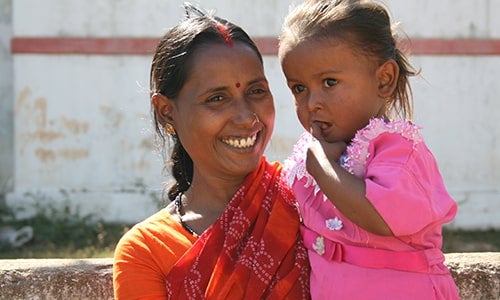 Where We Work
Where We Work 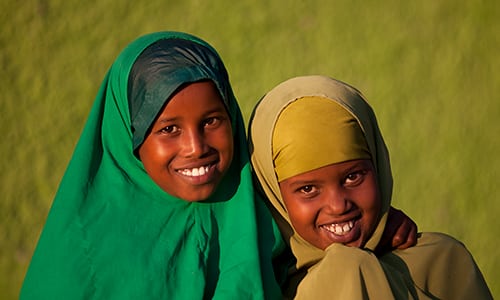 Press Room
Press Room 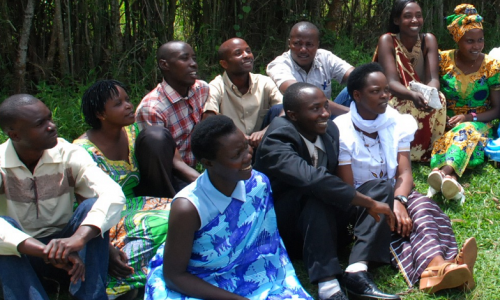 FACT Project
FACT Project 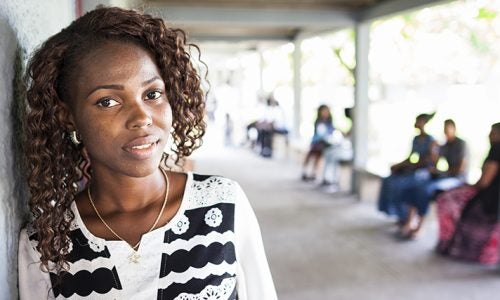 Passages Project
Passages Project 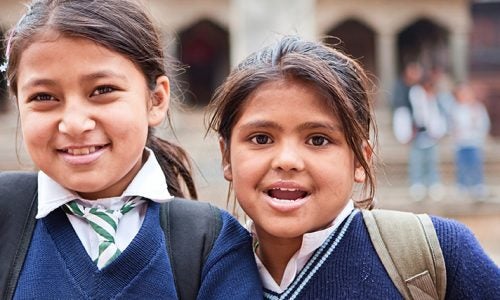 Learning Collaborative
Learning Collaborative  Search All Resources
Search All Resources 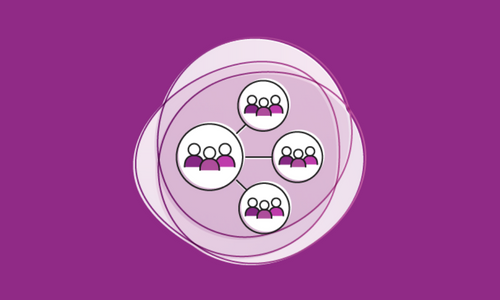 Social Norms
Social Norms 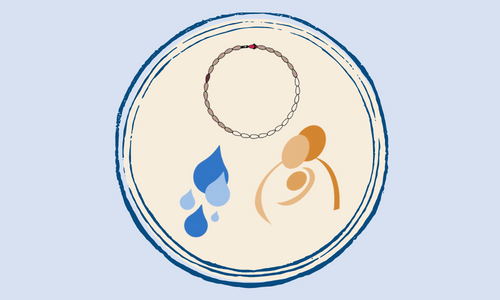 Fertility Awareness Methods
Fertility Awareness Methods 